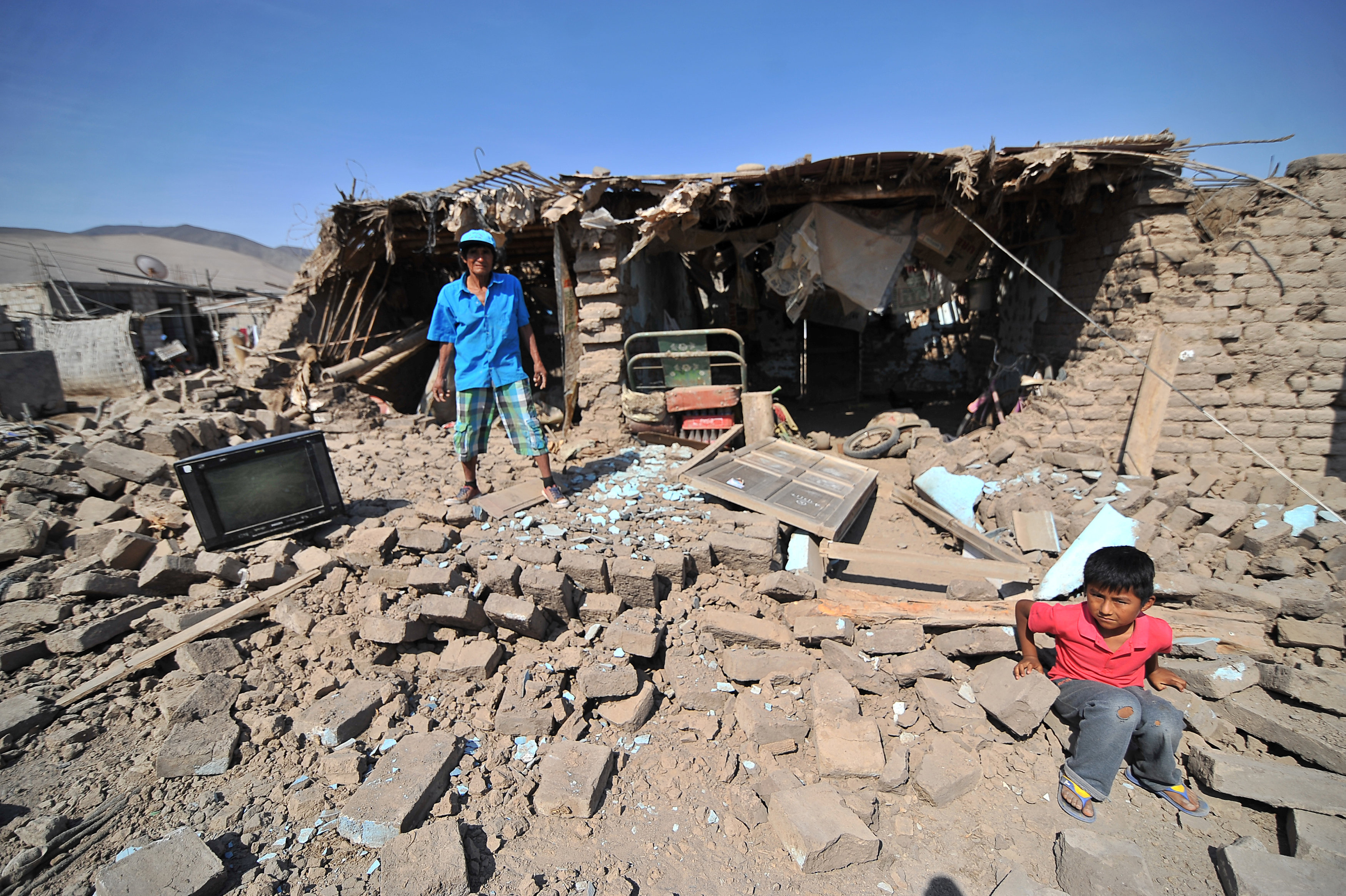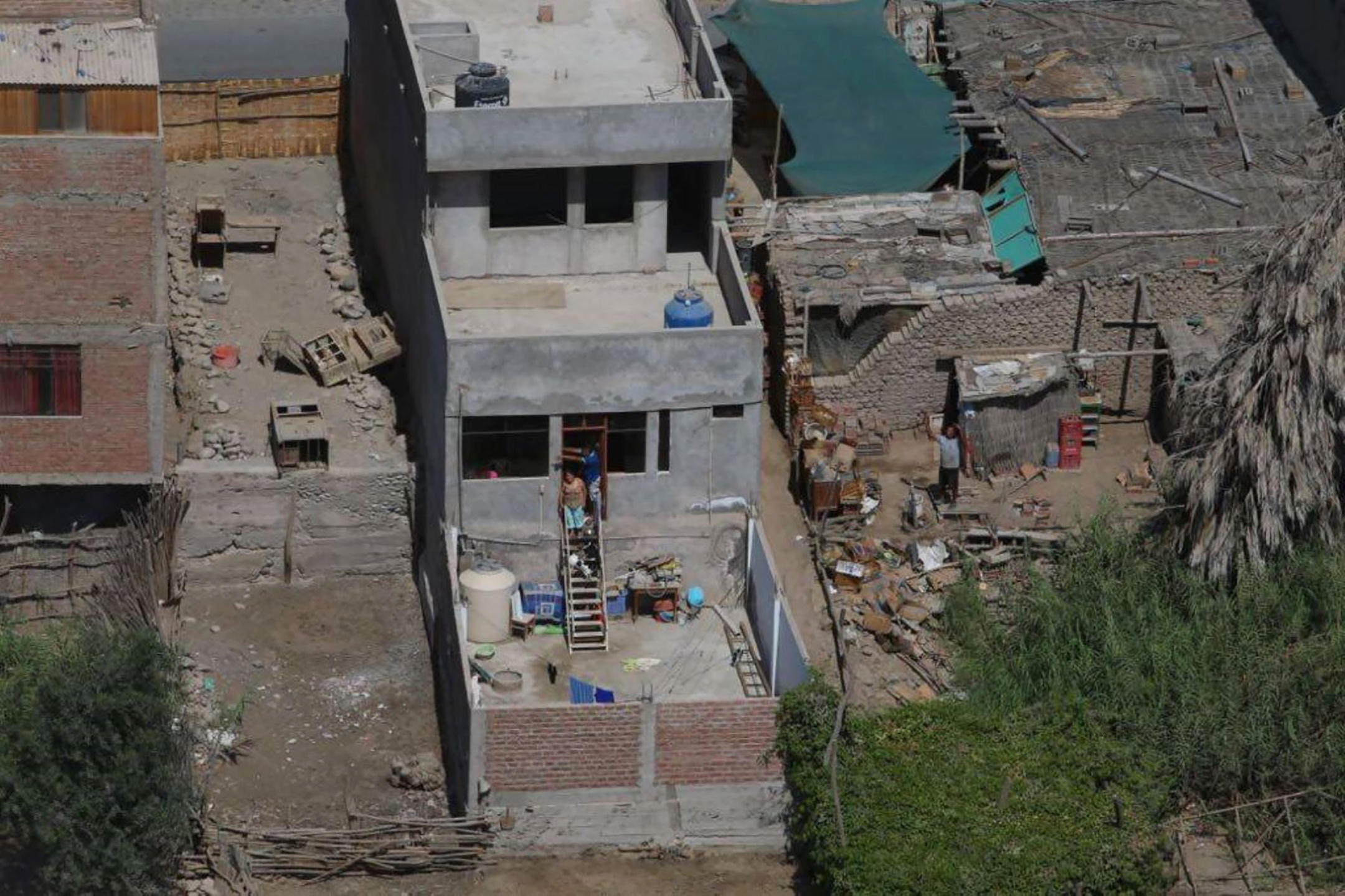Emergency Response and Recovery: Peru Earthquake Today

Peru earthquake today – In the immediate aftermath of the earthquake, local authorities and aid organizations sprang into action to provide emergency assistance to the affected communities. Search and rescue teams were deployed to locate and rescue survivors trapped under collapsed buildings, while medical personnel established field hospitals to treat the injured.
The ongoing recovery process involves a comprehensive effort to assess the extent of damage, provide shelter and assistance to displaced residents, and restore essential services. Engineers and architects are conducting structural assessments of buildings to determine their safety, while government agencies are working to provide temporary housing and financial aid to those who have lost their homes.
International Aid
The international community has also responded swiftly to the disaster, with many countries and organizations pledging financial and material support. The United Nations has deployed a team of experts to coordinate relief efforts and provide technical assistance.
How to Help, Peru earthquake today
Individuals and organizations wishing to support relief efforts can do so by donating to reputable aid organizations or volunteering their time and skills. Financial contributions can be made online or through local collection points, while volunteers can assist with tasks such as distributing food and supplies, providing medical care, or offering emotional support to survivors.
Scientific and Historical Context

The earthquake that struck Peru today is a stark reminder of the complex geological forces that shape our planet. The region where the earthquake occurred is known for its high seismic activity, due to the convergence of the Nazca and South American tectonic plates.
Historically, the region has experienced numerous earthquakes, including several major events that have caused significant damage and loss of life. In 1970, an earthquake with a magnitude of 7.9 struck the city of Huaraz, killing over 70,000 people. In 2007, an earthquake with a magnitude of 8.0 struck the southern coast of Peru, causing widespread damage and killing over 500 people.
Earthquake Monitoring and Early Warning Systems
In recent years, there have been significant advances in earthquake monitoring and early warning systems. These systems can provide valuable time for people to evacuate to safety and can help to reduce the impact of earthquakes.
- Seismic monitoring networks can detect earthquakes and provide information about their location, magnitude, and depth.
- Early warning systems can use this information to issue alerts to people in areas that are likely to be affected by an earthquake.
- These systems can provide up to several minutes of warning time, which can be enough time for people to evacuate to safety.
The recent earthquake in Peru has left many in shock and devastation. As the world watches with heavy hearts, it is crucial to stay informed about the latest updates and relief efforts. For those seeking live updates, roja directa provides comprehensive coverage of the situation, including eyewitness accounts and expert analysis.
Stay tuned for the latest developments as we navigate this challenging time together.
As the world grapples with the devastating earthquake in Peru, our thoughts turn to other global events. While the aftermath of the quake continues to unfold, football fans are eagerly anticipating the highly anticipated Germany vs Denmark prediction. The match promises to be a thrilling encounter between two footballing giants, and it’s sure to captivate audiences worldwide.
Yet, amidst the excitement, we must not forget the ongoing humanitarian crisis in Peru, where countless lives have been impacted.